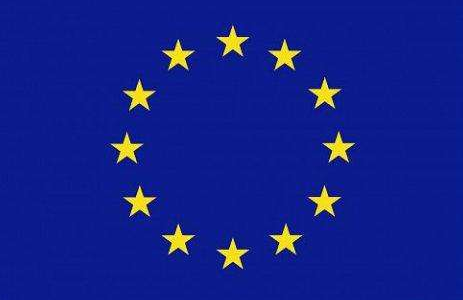
On June 10, 2022, the European Commission revised the definition of nanomaterials in a new Recommendation. As a deliverable of the Chemicals Strategy for Sustainability, the new Recommendation supports a coherent EU regulatory framework for nanomaterials, helping to align legislation across all sectors.
Nanomaterials consist of differently shaped small particles no larger than one hundred nanometers, or about one thousand times smaller than the thickness of a human hair. As a result, nanomaterials have specific properties and some are exploited by industry and in products. The new definition replaces the initial definition of 2011. The changes were developed following a comprehensive review, and should allow easier and more efficient implementation, but will not significantly affect the scope of identified nanomaterials.
The European Commission first adopted such a definition of “nanomaterial” in 2011 (the Recommendation 2011/696/EU). Under the Recommendation, the sole determinant on whether material is a nanomaterial is based on the distribution of the size of particles of which the material consists: if the proportion of particles whose size ranging between 1nm-100nm exceeds a threshold of 50%, the material is considered as a nanomaterial.
Under the revised definition, the term “nanomaterial” means a natural, incidental or manufactured material consisting of solid particles that are present, either on their own or as identifiable constituent particles in aggregates or agglomerates, and where 50% or more of these particles in the number-based size distribution fulfills at least one of the following conditions:
- One or more external dimensions of the particle are in the size range from 1 nm to 100 nm;
- The particle has an elongated shape, such as a rod, fiber or tube, where two external dimensions are smaller than 1 nm and the other dimension is larger than 100 nm;
- The particle has a plate-like shape, where one external dimension is smaller than 1 nm and the other dimensions are larger than 100 nm.
In the determination of the particle number-based size distribution, particles with at least two orthogonal external dimensions larger than 100 µm need not be considered. However, a material with a specific surface area by volume of < 6 m2/cm3 shall not be considered a nanomaterial.
The term regarding “a material with a specific surface area by volume of < 6 m2/cm3 shall be considered a nanomaterial” under the Recommendation 2011/696/EU was deleted. Most importantly, a flexibility clause that allowed the number size distribution threshold to fluctuate between 1-50% under special circumstances was removed, with a default threshold of 50% left only.
Implementation
It is expected that different individual sectors will update their internal definition according to the revised definition after the new Recommendation is implemented. Each sector will proceed in accordance with its own timetable.
- Review of regulation on cosmetic products: public consultation including questions related to the definition of nanomaterial will be closed on June 21, 2022);
- Preparation of the revision of REACH as announced in the Chemicals Strategy for Sustainability; proposal expected by end of 2022. The Commission is planning to include the update of the definition of nanoform as part of the revision proposal.
Background
Although the use of nanomaterials drives for innovation, it may also increase the toxicity. Therefore, several EU laws include additional nanomaterial provisions to ensure adequate data collection, risk assessment, and in selected cases, labelling of products to inform consumers of the presence of nanomaterials.
Food and cosmetics sector still retain their initial definition of nanomaterials, while other EU laws (e.g. REACH, Biocidal Products Regulation, Medical Devices Regulation) and some national legislation already use the common definition from the Commission Recommendation 2011/696/EU, making it legally binding within their scope. Following this update, the Commission will now strive to use the revised definition to align legislation across all sectors.
If you have any needs or questions, please contact us at service@cirs-group.com.
Reference
Chemicals: Commission revises the definition of nanomaterials

